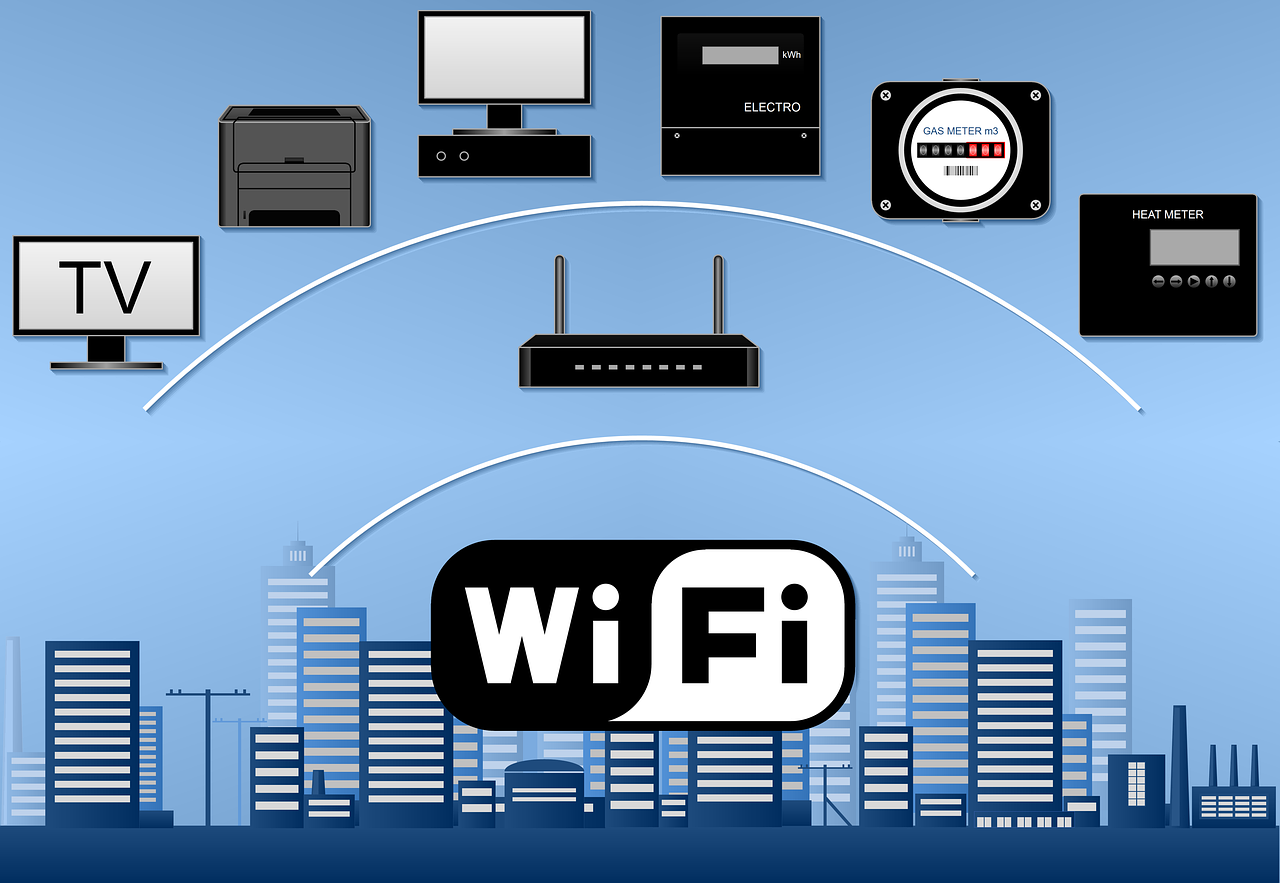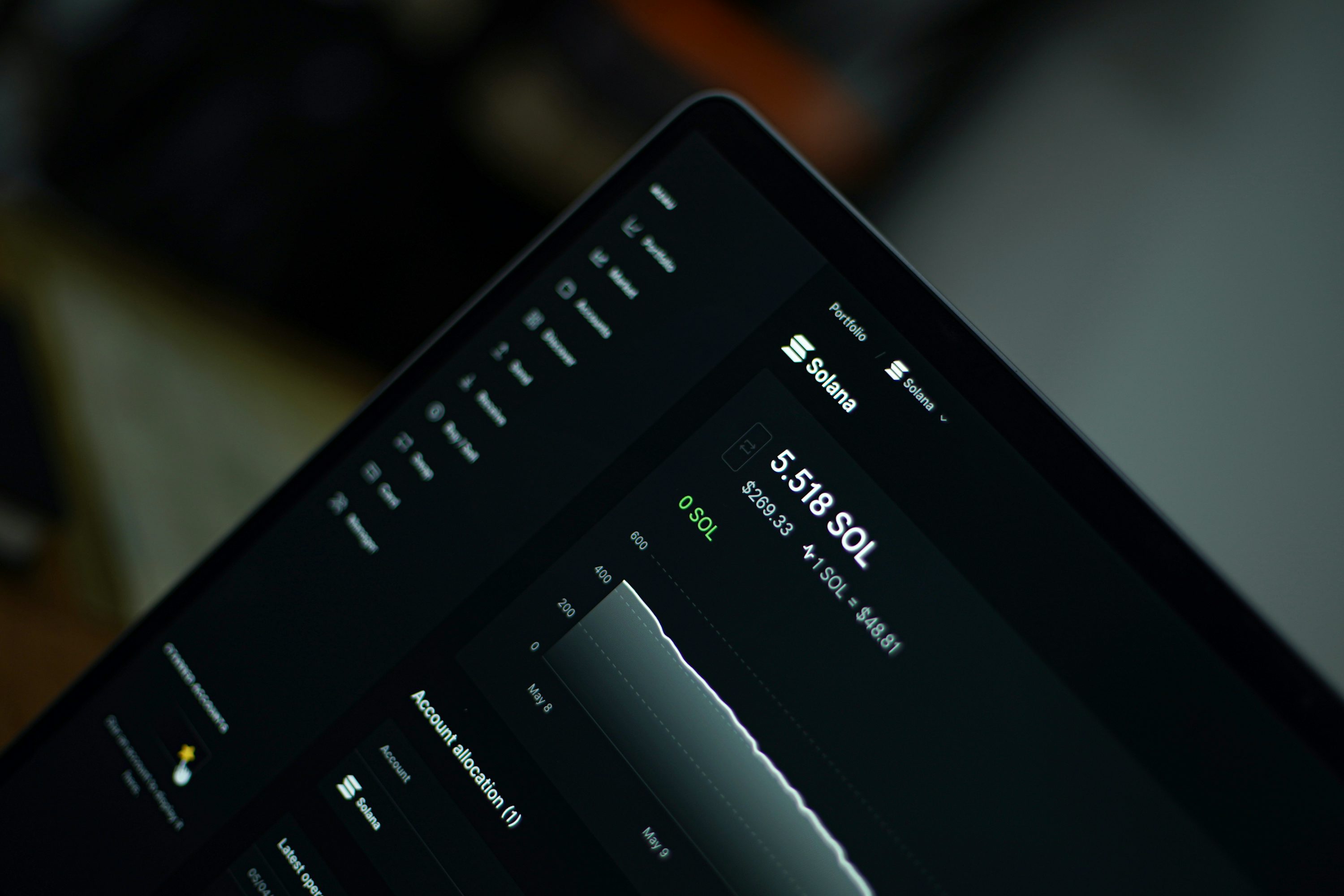Reactive Digital PR: What It Is & How To Use It For Link Building via @sejournal, @paddymoogan
Prepare for reactive digital PR and find a goldmine of opportunities to become more relevant to your audience with these best practices. The post Reactive Digital PR: What It Is & How To Use It For Link Building appeared...

Over the last decade, we’ve seen an increase in the number of agencies and in-house teams who use “digital PR” without their digital marketing strategy, focusing on driving links that impact organic search performance.
Essentially, the SEO industry started to borrow techniques that the PR industry had been using for decades and applied them to the digital world.
This included things such as:
Building relationships with journalists. Building value in “black books” of contacts to use with different clients. Integrating stories and hooks into the content. Using press releases to capture the attention of journalists (and not just for spammy link building!) Use survey data to drive content and stories.This, coupled with the rise of content marketing as a link-building tactic, led to today’s digital PR industry.
For a while, most activities from digital PR happened via the creation of large-scale, “hero” campaigns that may take weeks or even months to put together and launch.
While these are still very active, the last 18 months have also seen the rise of a new tactic within digital PR – reactive.
Today, I want to talk about reactive digital PR and give you an overview of what it is, how to know if you can use it, and how to get the most out of it if you do try it.
What Is Reactive Digital PR?
Reactive digital PR is when you spot an opportunity to gain coverage and links for a business and react quickly to that opportunity to seize it.
It’s dependent on someone else (usually a journalist or news outlet) publishing a story that fits the business you’re working with.
You then react to that story. By its nature, it can be difficult to plan how to seize the opportunity.
Contrast this with proactive digital PR, where planned campaigns aim to push messages to your target audience that they may not have otherwise heard.
Is Reactive Digital PR For Everyone?
Definitely not.
Using reactive digital PR relies on several factors to be successful.
If these factors are an issue for your business, you may find this isn’t a technique providing a good return on investment for you.
Here are some examples of what you need to think about when you consider trying reactive digital PR.
Topical Relevance
Some industries are naturally talked about in the news more often than others. Some will have clear, repetitive news cycles that allow you to predict when reactive digital PR opportunities will present themselves to you.
For example, it’s almost certain that the following will appear in the news cycle over and over again regularly:
Budget announcements from the U.K. government and the impact of it. Christmas gift guides and the most popular toys each year. The housing market and price increases/decreases.There are many more, but hopefully, you get the idea that the press will continually discuss certain topics.
If you work in an industry where, to put it bluntly, not a whole lot changes or happens when it comes to the news cycle, then reactive digital PR may be a challenge.
It won’t be impossible, but you may need to temper your expectations and refrain from spending too much time or resources.
On the other hand, if you work in an industry where the topic is discussed frequently, you’ll naturally get more chances to utilize reactive digital PR, which means that you may decide to invest more.
Speed
As the name and process suggest, speed is essential for reactive digital PR.
You often need to react to an opportunity within a few hours or, at the most, a few days.
Even if you’re fast, you may get drowned out by others trying to react quickly. If you can’t react quickly in the first place, you have little chance of the technique working for you.
Ideally, you should have a good level of trust and autonomy from the business and key stakeholders to make reactive digital PR work well.
Try to avoid long timeframes for approvals or decisions by committees when producing content or comments for a story.
Even if you don’t have full autonomy, reactive digital PR can still work if you have a stakeholder on your side who understands the need to move quickly and can approve whatever you need in a timely manner.
Realistic Expectations
We’ll talk about this more shortly, but in summary, reactive digital PR is a short, sharp project that can yield good levels of links but is unlikely to lead to the same results as a hero campaign that goes viral.
Of course, this can happen, but in most cases, you’ll end up with dozens of links (not hundreds) due to reactive digital PR.
Because of this, your stakeholders (and you!) must have the right expectations when going into this tactic and understand this is different from other forms of digital PR and link building.
It’s a bit like how certain types of technical SEO fixes will have different levels of impact on organic search results.
You’ll need a stakeholder team that understands this and keeps expectations in check.
Overall, if you have concerns in any of these areas, reactive digital PR may not be right for your business, or it may be worth trying out before committing too many resources.
Opportunities You’re Likely To Find
Reactive digital PR will likely present you with opportunities to do several things that may lead to coverage and links.
These aren’t mutually exclusive to the opportunities that larger, hero-style campaigns may present, but they are more likely to come about without the need for large-scale content.
Comments On Topical News Stories
There will be times when a journalist is looking for some additional credibility from an industry expert to add to an existing story they are writing.
When this happens, they may tweet using this type of hashtag or use services such as HARO or ResponseSource.
Monitoring these areas can help you spot opportunities for your in-house experts to provide a comment accompanied by a brand mention or, even better, a link.
It can also be a chance to gain credibility in this topic area and build a relationship with the journalist who may come directly to you in the future for more comments.
Content On A Specific News Item
Sometimes, you will use reactive digital PR to produce content you provide to journalists to help support stories they may be planning to publish on a news item.
Compared to hero-style campaigns, the key difference is that you’re producing the content very, very quickly and making it specific to the news item or topic already being talked about (or will be very soon).
The idea is that you’re spotting a trend likely to be written about over the next few days or weeks, and you’re producing a piece of content journalists can use to add more value to what they plan to write.
Your content should be simple, easy to produce, and add unique information to a developing news story.
This will often be a piece of data or a simple visualization.
Additions To Existing Stories
It’s actually fairly common for journalists to update news stories after publication.
This is particularly common for developing news where more information is gathered and can add to the existing story.
You will have opportunities to add value to an existing story that you’ve seen a journalist already write and publish.
Now, this can be hard, and you should only do this if the content or comment you have to offer will genuinely add value to the existing story.
If not, you’re likely to get a negative response from the journalist.
What Results You’re Likely To Drive With Reactive Digital PR
As mentioned above, set expectations with this tactic. It won’t always yield the results of a larger, planned hero campaign.
But as with most things, it’s hard to predict.
Remember that the time and resources you invest should be proportionate to the expected results.
If reactive digital PR tasks take you 15 minutes and you only get one link, that’s actually a good return on the time that you’ve spent.
You should also keep in mind you’re likely to get a mix of regular links, nofollow links and brand mentions with this type of activity.
You can certainly do your best to turn a brand mention into a link, but this isn’t always possible.
Again, this isn’t a huge issue because it’s perfectly normal and natural to get a mix of results, but set expectations with stakeholders that this is likely to be the case before starting.
How To Prepare For Reactive Digital PR
Even though reactive digital PR is hard to plan for, you can stack the deck in your favor a few ways so that when the time comes, you have the best possible chance of taking advantage.
Available Expert With Opinions
Spend time working out who to go to in your business for expert comments on the core topics you want to cover.
For smaller businesses, this may just be one person. Larger businesses may have different specialists for different areas.
Whichever it is, find out who these people are and introduce them to the idea of what you’d like to do.
From here, assuming that they are on board, you can arrange to speak to them directly if comments are needed and communicate the need to get comments quickly where possible.
It’s also worth noting that you need them to have an opinion!
It may sound a bit strange, but ideally, they should have reasonably clear or strong views to stand out to a journalist writing about that topic.
You don’t need extreme opinions, but you should probably know which side of the fence they sit on in most situations.
Planned Dates
There will be certain dates over the year when topics are written about more often than usual.
There are obvious topics, such as Christmas and Halloween, but many others to cover.
For example, did you know that No Dirty Dishes Day is a thing?
Or that National Dance Like a Chicken Day happens every year?
While some are clearly not serious and just a bit of fun, look for days of the year relevant to your topic and may provoke news and stories from journalists.
If you can do this and prepare some content that ties to the day of the year, you can pitch this content to journalists ahead of time and perhaps get covered in their stories.
Assets Already Signed Off
Speed is important for reactive digital PR.
To help combat content production and sign-off slow down, prepare by preparing assets before you actually need them.
When the time comes, and a key topic is in the news, you have content ready to go and can pitch it quickly – instead of waiting for it to be signed off and slowing you down.
One way to do this is to spend 30 to 45 minutes on a call with one of your experts and interview them on the topic in question.
This can lead to a goldmine of insights and comments for reactive digital PR.
Reactive digital PR can be a great method for generating more links and coverage for a brand, but it’s not for everyone.
If you do go ahead with it, plan as much as you can in advance and prepare to move quickly when opportunities present themselves.
More resources:
Digital Public Relations Myths & Musts for Earned Media Success How to Plan an Affiliate Marketing Strategy for Content Creators Link Building Guide: How to Acquire & Earn Links That Boost Your SEOFeatured Image: wellphoto/Shutterstock

 Koichiko
Koichiko 

























![How To Win Brand Visibility in AI Search [Webinar] via @sejournal, @lorenbaker](https://www.searchenginejournal.com/wp-content/uploads/2025/09/2-222.png)






